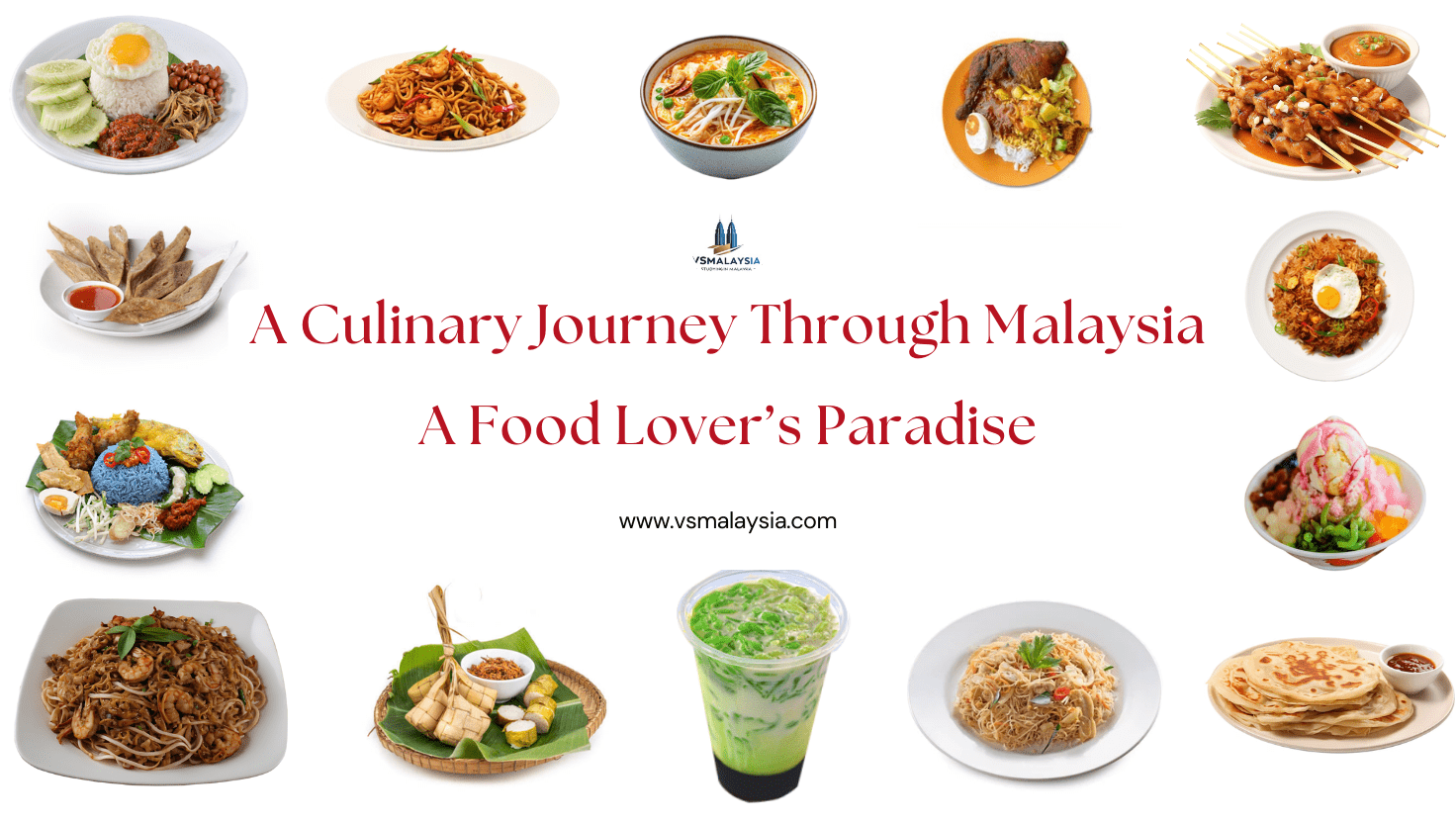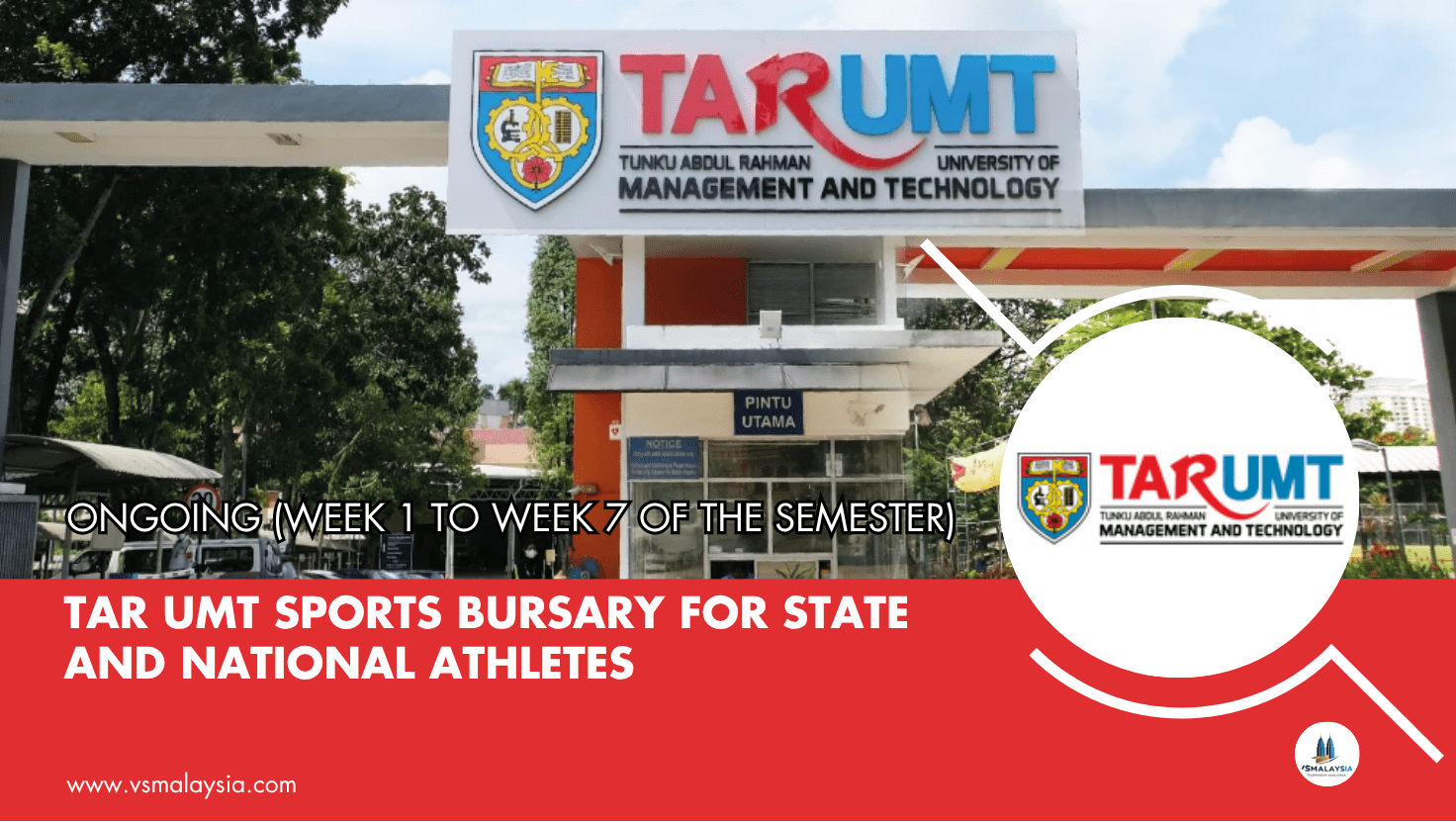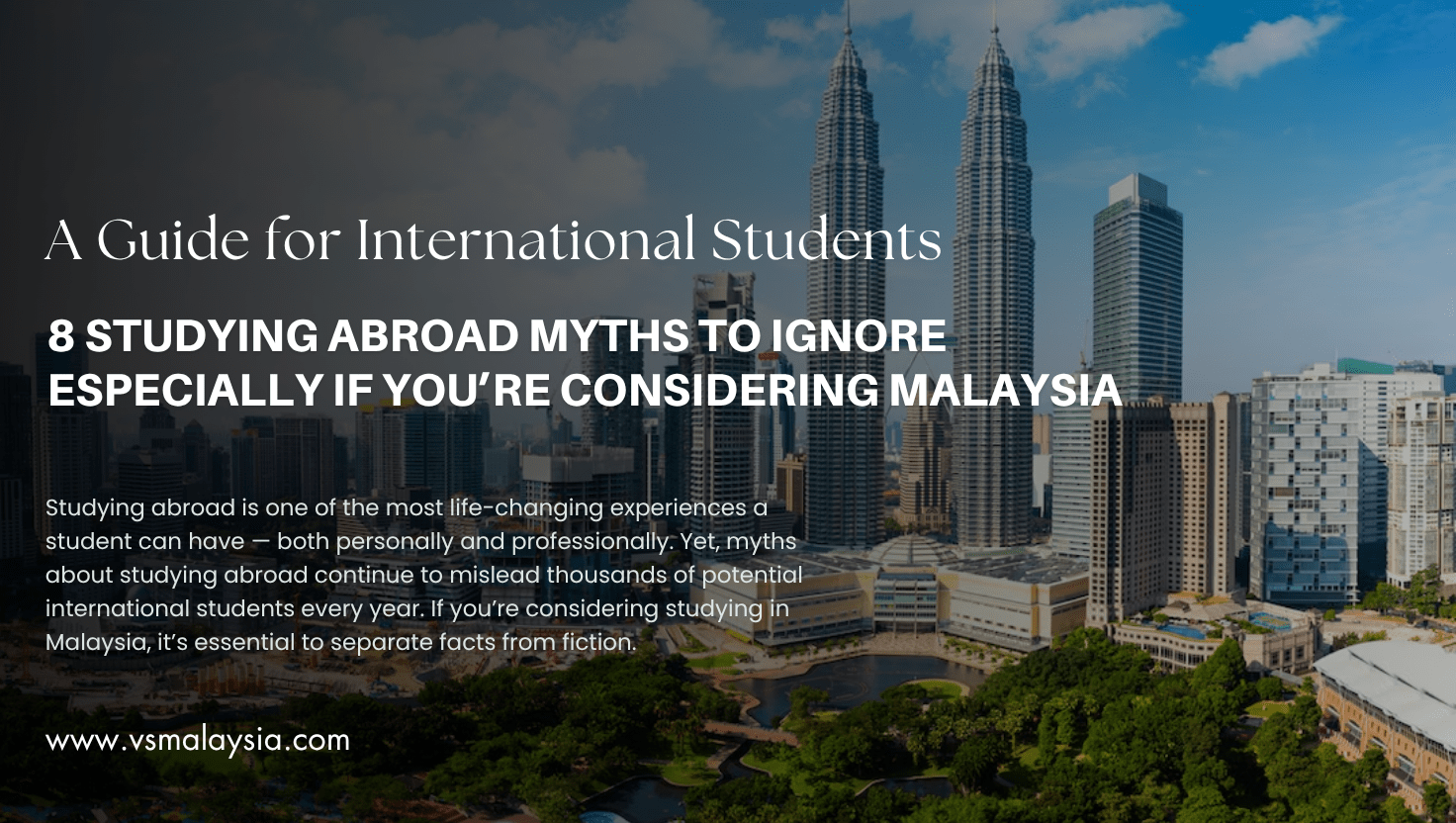A Culinary Journey Through Malaysia: A Food Lover’s Paradise. Malaysia is a vibrant melting pot of cultures, and nowhere is this diversity more evident than in its food. For Malaysians, food is not just sustenance—it’s a way of life, a cultural identity, and a unifying force that brings people together. The country’s unique blend of Malay, Chinese, Indian, and indigenous influences has created a culinary landscape that is rich, diverse, and deeply flavorful. Whether you’re a local or an international student, exploring Malaysian cuisine is an adventure that will tantalize your taste buds and leave you craving more.
Why Malaysia is a Food Haven
Malaysia’s strategic location in Southeast Asia has made it a cultural and culinary crossroads for centuries. The country’s history of trade, colonization, and migration has resulted in a fusion of flavors and cooking techniques. From bustling street food stalls to high-end restaurants, Malaysia offers an endless array of dishes that reflect its multicultural heritage. The country is often considered a “food centre” because of its ability to cater to every palate, offering everything from spicy curries to sweet desserts.
Must-Try Malaysian Dishes and Where to Find Them
Here’s a detailed guide to some of Malaysia’s most iconic dishes, their cultural significance, and where you can find them. These recommendations are perfect for international students looking to dive into the local food scene.
1. Nasi Lemak
- What it is: Often called Malaysia’s national dish, Nasi Lemak is a fragrant rice dish cooked in coconut milk and pandan leaves. It’s traditionally served with sambal (spicy chili paste), crispy anchovies, roasted peanuts, boiled egg, and cucumber slices.
- Cultural significance: This dish is deeply rooted in Malay culture and is considered a comfort food. It’s versatile and can be enjoyed at any time of the day.
- When to eat: Typically eaten for breakfast, but it’s also popular for lunch, dinner, or even as a late-night snack.
- Where to find: You can find Nasi Lemak almost everywhere, but the famous Nasi Lemak Antarabangsa in Kuala Lumpur is a must-visit.
- Recommendation for international students: A great introduction to Malaysian flavors—start your day with this hearty and aromatic dish!
2. Char Kway Teow
- What it is: A stir-fried noodle dish made with flat rice noodles, prawns, eggs, bean sprouts, and chives, all cooked in a savory soy sauce. It’s often flavored with a hint of smokiness from the high-heat wok cooking.
- Cultural significance: This dish is a staple in Chinese-Malaysian cuisine and is beloved for its rich, umami flavors.
- When to eat: Best enjoyed for lunch or dinner.
- Where to find: Penang is famous for its Char Kway Teow, with Sister Yao’s Char Kway Teow being a top pick.
- Recommendation for international students: If you love noodles, this is a must-try. It’s filling, flavorful, and perfect for a quick meal.

3. Roti Canai
- What it is: A flaky, crispy flatbread served with dhal (lentil curry) or other curries. It’s often enjoyed plain or with fillings like egg, onion, or banana.
- Cultural significance: Roti Canai is a staple in Indian-Malaysian cuisine and is a popular breakfast or tea-time snack.
- When to eat: Typically eaten for breakfast or as a snack in the afternoon.
- Where to find: Mamak stalls (Indian-Muslim eateries) are the best places to try Roti Canai. In Kuala Lumpur, Restoran Kin Kin is highly recommended.
- Recommendation for international students: A simple yet satisfying dish that’s perfect for any time of the day. Pair it with a cup of Teh Tarik (pulled tea) for the full experience.
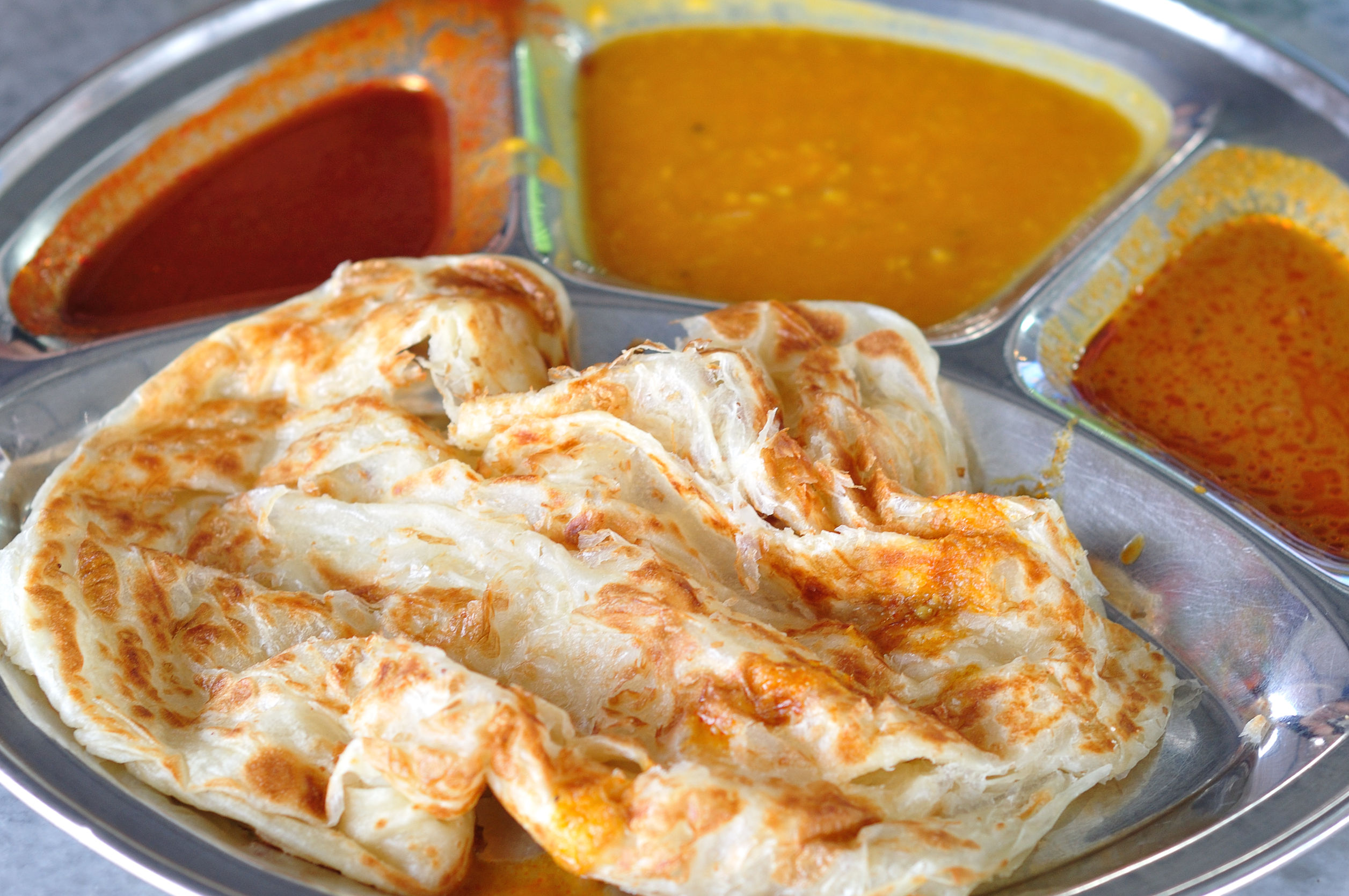
4. Laksa
- What it is: A spicy noodle soup with a rich, tangy broth made from tamarind, fish, and aromatic spices. It’s typically served with thick rice noodles, fish, shrimp, and garnished with cucumber, pineapple, and mint.
- Cultural significance: Laksa is a Peranakan (Straits Chinese) dish that showcases the fusion of Malay and Chinese flavors.
- When to eat: Best enjoyed for lunch or dinner.
- Where to find: Penang is famous for its Penang Laksa, while Johor has its own unique version called Laksa Johor.
- Recommendation for international students: If you love bold, spicy flavors, Laksa is a must-try. It’s a dish that truly represents Malaysia’s multicultural heritage.

5. Satay
- What it is: Skewered and grilled meat (usually chicken, beef, or lamb) marinated in a blend of spices and served with a peanut dipping sauce, cucumber, and ketupat (rice cakes).
- Cultural significance: Satay is a popular Malay dish often enjoyed at gatherings and festivals.
- When to eat: Typically eaten as a snack or for dinner.
- Where to find: Kajang, a town near Kuala Lumpur, is known as the “Satay City” and is home to some of the best satay stalls.
- Recommendation for international students: A great option for sharing with friends. The smoky, savory flavors are irresistible!
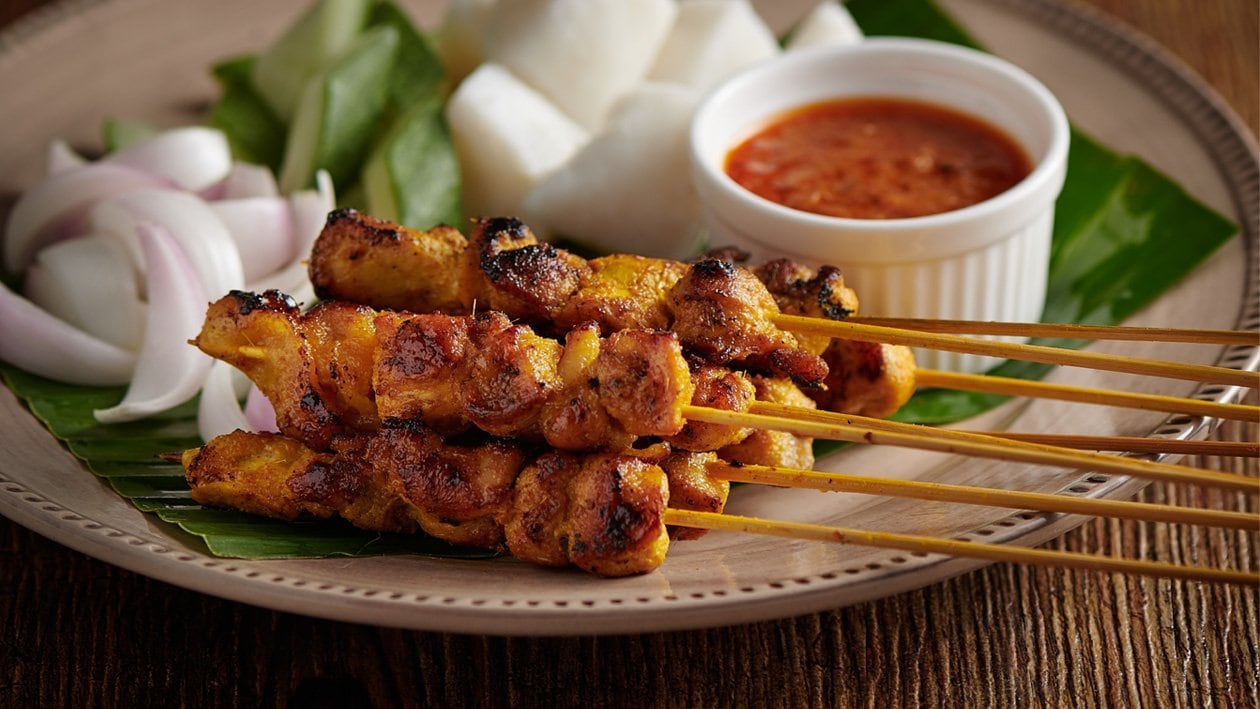
6. Cendol
- What it is: A refreshing dessert made with shaved ice, green rice flour jelly, coconut milk, and palm sugar syrup. It’s often topped with red beans or sweet corn.
- Cultural significance: Cendol is a popular dessert across all races in Malaysia and is especially loved during hot weather.
- When to eat: Perfect as an afternoon treat or after a spicy meal.
- Where to find: Penang’s Penang Road Famous Teochew Cendol is a legendary spot.
- Recommendation for international students: A cool and sweet way to end your meal—ideal for beating the tropical heat!
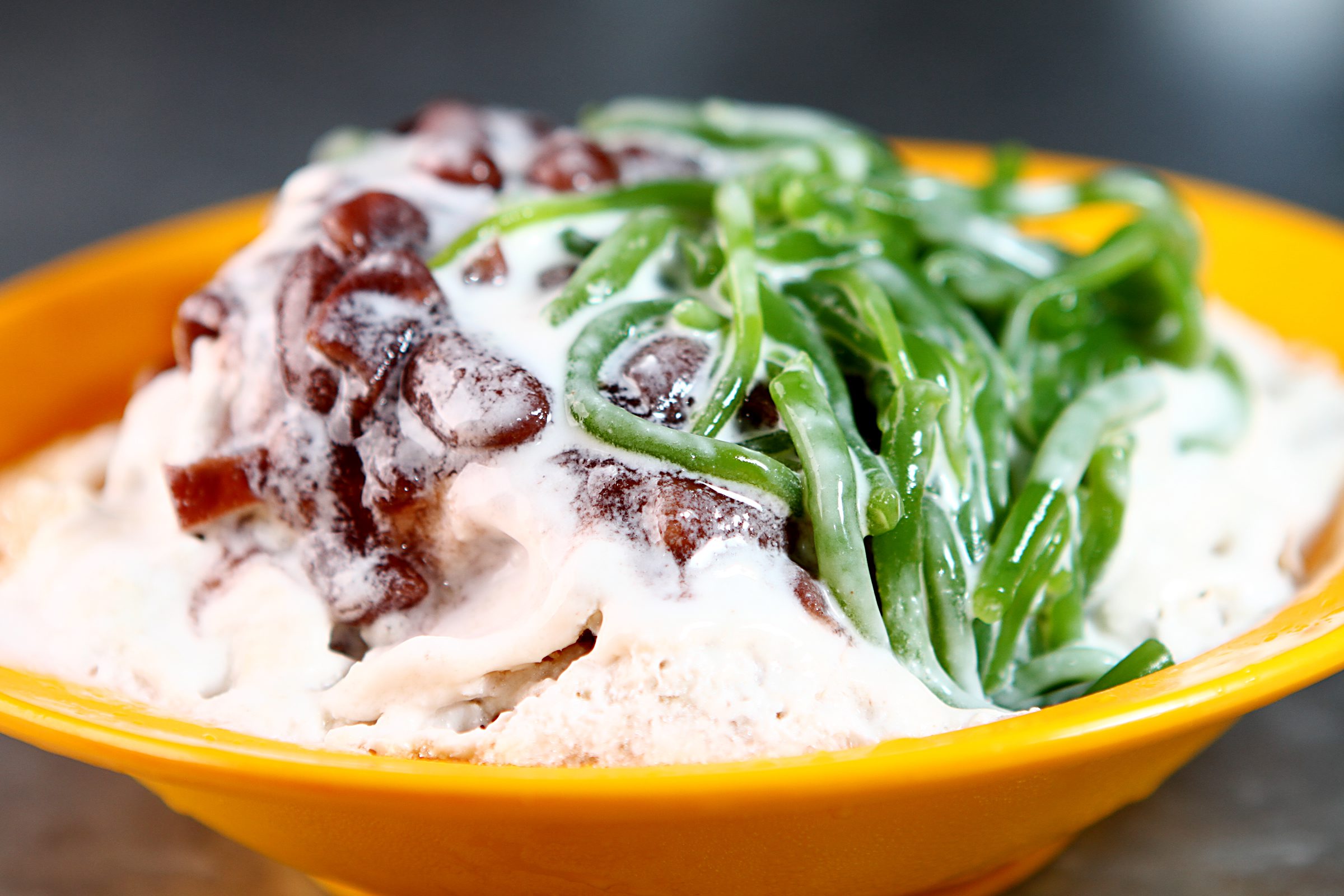
Tips for International Students Exploring Malaysian Food
- Be adventurous: Don’t be afraid to try new flavors and dishes. Malaysian food is all about bold and diverse tastes.
- Eat like a local: Visit hawker centers and street food stalls for the most authentic and affordable experiences.
- Ask for recommendations: Locals are always happy to share their favorite food spots.
- Mind the spice: Malaysian food can be spicy, so let the vendor know if you prefer milder options.
- Share your meals: Food in Malaysia is best enjoyed with friends and family. Sharing dishes allows you to try a variety of flavors.
Malaysia’s food scene is a reflection of its rich cultural tapestry. From the fragrant Nasi Lemak to the fiery Laksa, every dish tells a story of tradition, innovation, and community. For international students, exploring Malaysian cuisine is not just about satisfying your hunger—it’s about immersing yourself in the country’s culture and connecting with its people. So, grab a fork (or your hands!) and embark on a culinary journey that will leave you with unforgettable memories and a deeper appreciation for Malaysia’s food heritage. Selamat makan! (Happy eating!)

